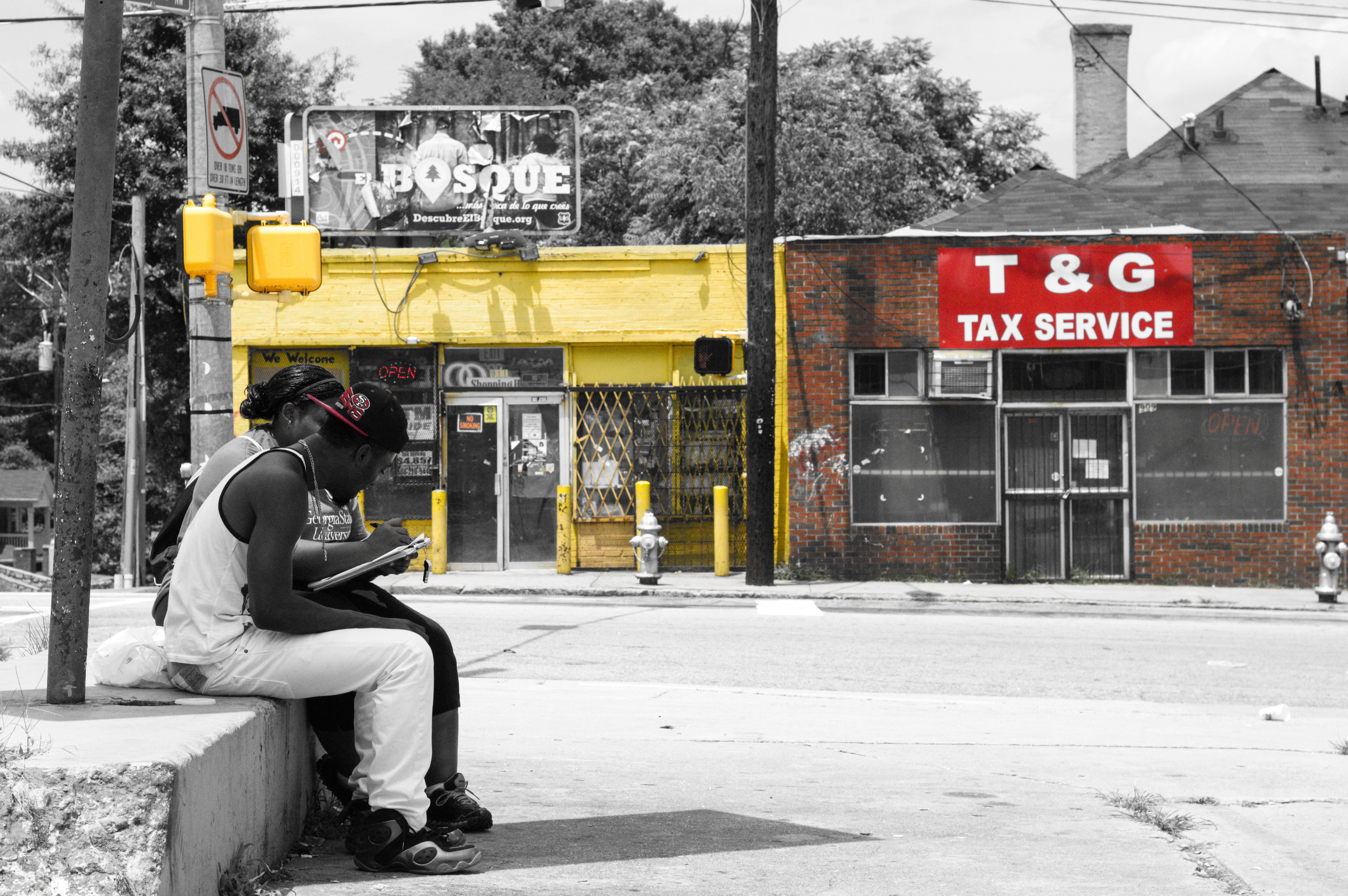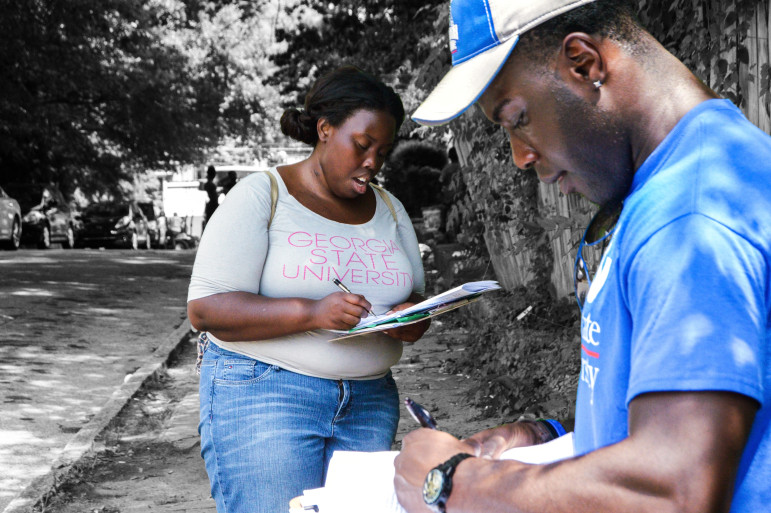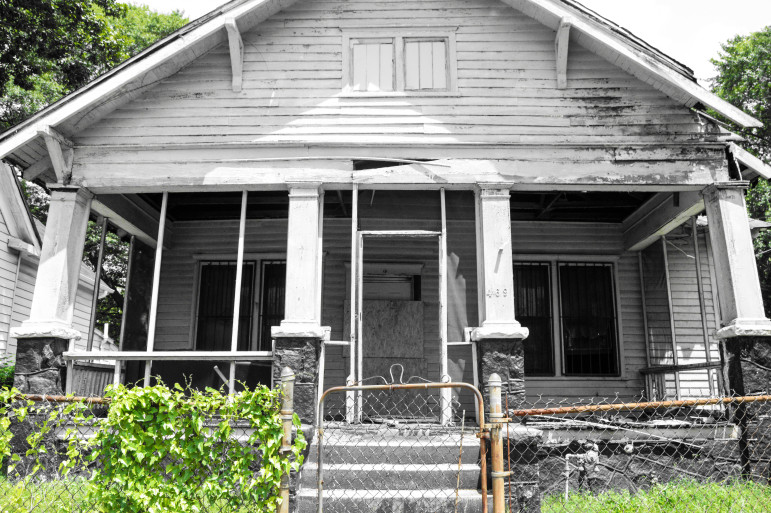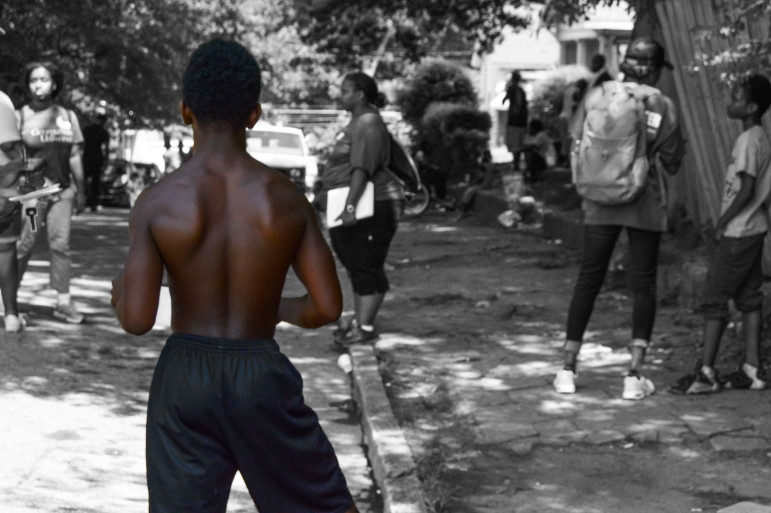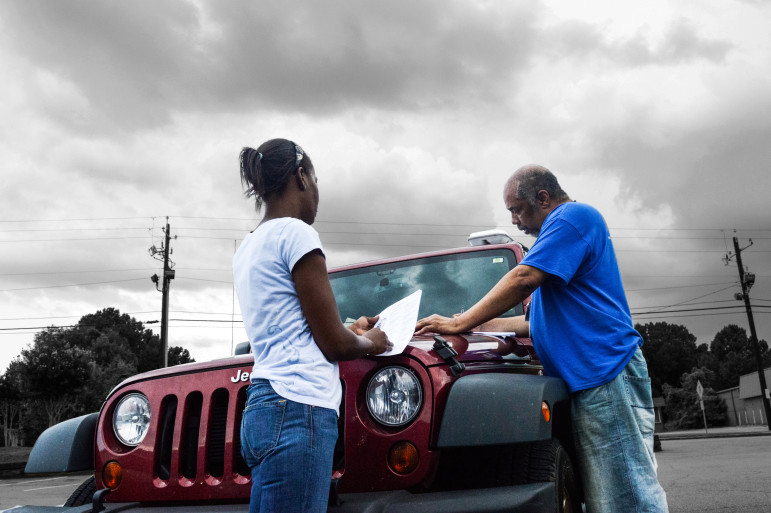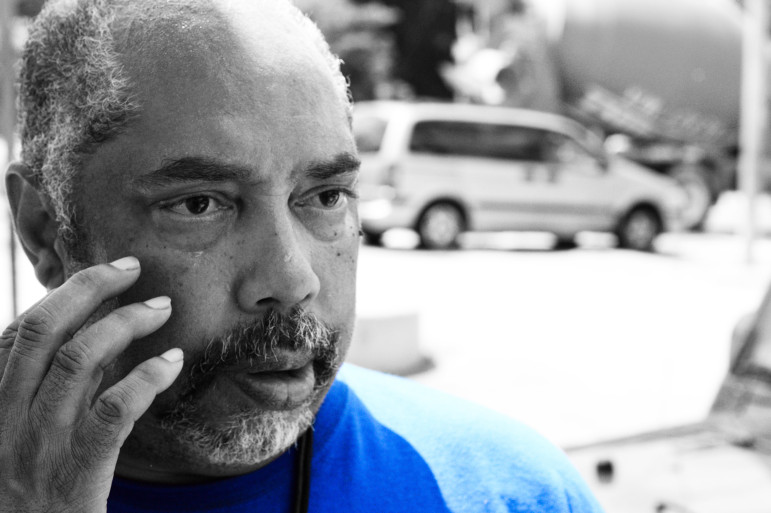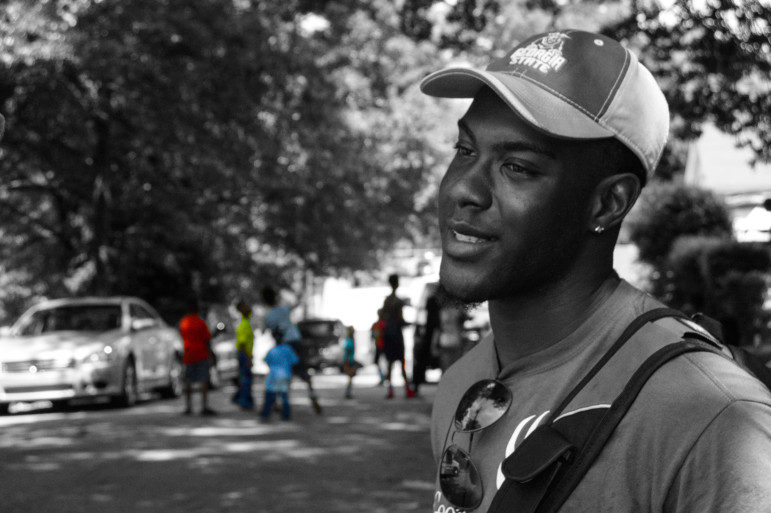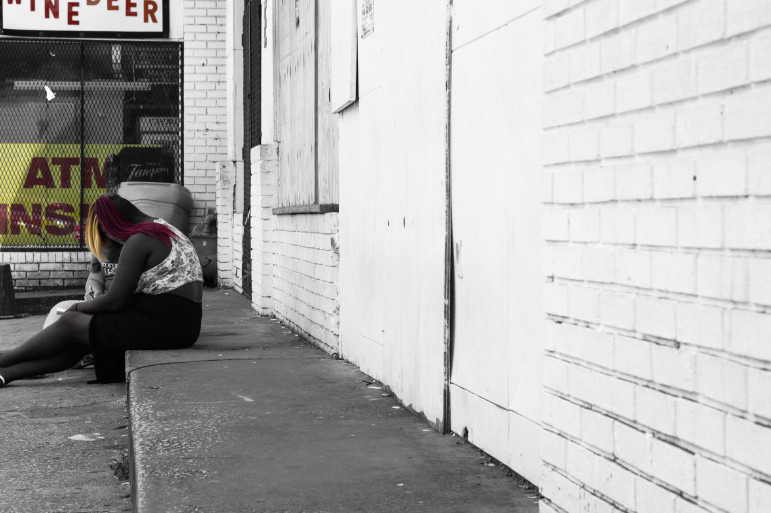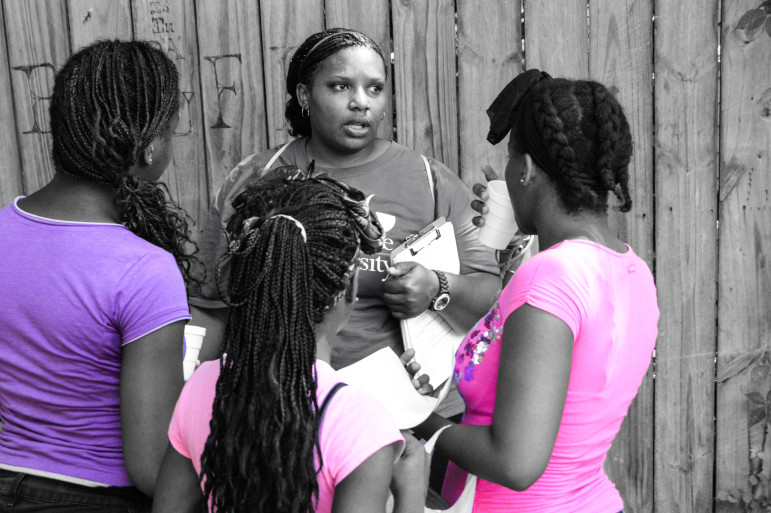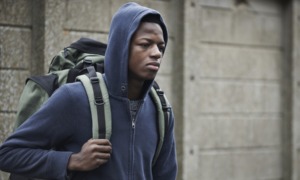Use the arrows to navigate the gallery
ATLANTA — In the famously leafy parks, beneath packed overpasses and in the shade of the skyscrapers that tower over the hub of the Southeast, an estimated 6,000-plus homeless people manage to make lives.
From early June through late July, Georgia State University sociology students and volunteers from Atlanta organizations canvassed the city in an effort they’re calling the first comprehensive assessment of youth homelessness in Atlanta. About 55 students joined more than 50 community volunteers for the Atlanta Youth Count! project, which aims to illustrate the scope of the problem and guide efforts to address it. Many are teens and young adults who have left or been kicked out of strife-ridden families, often because of their sexuality, or have been pushed onto the streets by poverty or drugs. The number of young people who are homeless — and the state of that homelessness — are questions a team of advocates and researchers at a downtown Atlanta college have spent a large part of the summer trying to answer.
Volunteers like Kaitlin Commiskey scouted metro Atlanta neighborhoods for people who are homeless. When they found any between the ages of 14 and 25, the students would ask them to answer a questionnaire.
Commiskey, who has been volunteering with the LGBT homeless outreach group Lost-N-Found Youth for about a year, said many of the young people she meets are new to town.
“We tell them about us and ask them where they’re staying,” she said. “If there’s a shelter closer to them, we’ll try to see if they’ve got beds open. If they need an ID, we tell them where they can go to get an ID or help finding a job. There are a lot of other places that do that, too.”
In a pavilion at Centennial Olympic Park, Georgia State sociology students Brandon Attell and Ebony Hinton find two young men who are willing to talk. One, who has been camping on the outskirts of downtown with friends, talks excitedly about how he just got a job on a cleaning crew at a big downtown hotel. The other, a quiet 21-year-old wearing a Japanese anime T-shirt, sticks to unspecified “family issues” when asked why he’s on the streets. Commiskey and John Francis, a volunteer with the nonprofit Stand Up For Kids, say they’ve been seeing him around for about six months.
[Related: Documentary on Homeless Teens in Chicago Aims to ‘Show the Struggle’]
There are some obvious tells for homelessness — bags full of possessions, dirty clothes — and others that are more subtle. Commiskey looks for people charging mobile phones in public, often at outlets mounted at the base of street lights. Volunteers are trained not to ask someone directly if they’re homeless; they’re more likely to get a better result if they ask whether the person knows someone who needs help.
“Sometimes you’ll say, ‘If you’re down around here a lot, you might know people, you might see other people who need it.’ So even if they don’t want to admit it to you, you can give them a card and then they know where to call and find out more information,” Commiskey said. “Or maybe it’s true — maybe they don’t need help, but they know someone who does.”
Francis said some of the older people on the streets will look out for the kids, steering volunteers like him to youngsters in need.
“They’ll flag us down and point one out, or tell us where to go look,” said Francis, a retired airline pilot. “A couple of them will say, ‘You need to get ahold of him before he turns out like me.’ They’re really kind of parenting them.”
The interviewers have a battery of 73 questions, some of them uncomfortably personal — recent sexual practices, drug use, feelings of despair. In one session, Hinton said, a young woman stomped off rather than finish.
“Once we got to the personal questions, she just got up and left,” Hinton said.
But Attell said the GSU students try to prepare the interviewees for the harder questions, and most answer frankly.
“People usually ignore them, so they don’t get a chance to engage and talk with people and have their voice heard very often,” Attell said. Some report being sexually abused, and others end up in the sex trade to survive.
“We’ve seen one young lady who is clearly out with her pimp,” Attell said. “We’ve seen her multiple times, kind of in the same area. That’s kind of a sad thing to see — what people have to do to make ends meet out here.”
Nationwide, nearly one-third of homeless people in the U.S. population are children, according to the 2014 Annual Homeless Assessment Report to Congress. About 45,000 young adults between 18 and 24 experience homelessness.
The results of the Atlanta survey are scheduled to be released in November, following extensive analysis of the findings, said Atlanta Youth Count! co-director and Georgia State University sociology professor Eric Wright. But he could immediately say that the numbers “are much larger than we expected.”
Many of the kids come to town expecting to find more services in “the thriving metropolis of the South,” he said. A large but still uncertain proportion identify as gay or lesbian, have been turned out of their families because of it and came to Atlanta “thinking they would find a welcoming community” in one of the most gay-friendly cities in the country, “and for various reasons, it didn’t live up to their expectations.”
But Wright said the young people interviewed in this survey are “amazingly resilient.”
“Even though they face all these major problems, it’s also very clear that the expectation of managing all these problems really presses them to develop skills that a person who isn’t faced with those adversities doesn’t,” he said.
“There is not a youth who I’ve met or we’ve heard from that hasn’t developed a level of resilience that is truly impressive,” he added. “I think if we can figure out a way to help them harness those skills, their life could be improved pretty rapidly, because some of them are just smart as a whip.”
More stories related to this one:
Low-Income, Homeless Teens Use Art for Job-Readiness
Catching Emotional and Developmental Problems in Homeless Children
Music Program Helps Homeless, Runaway Youth Follow their Dreams
Covenant House Wraps Support Around Homeless Teens
Runaway and Cast Off: One LGBT Teen’s Story


